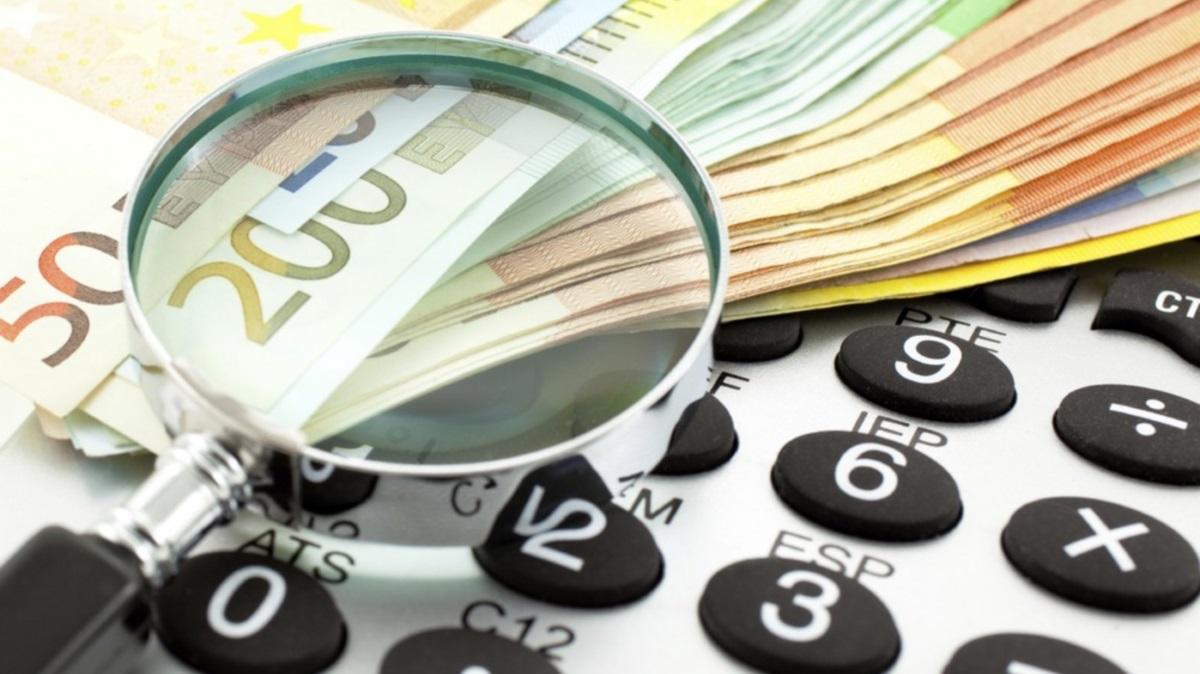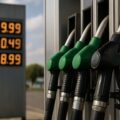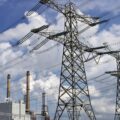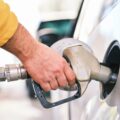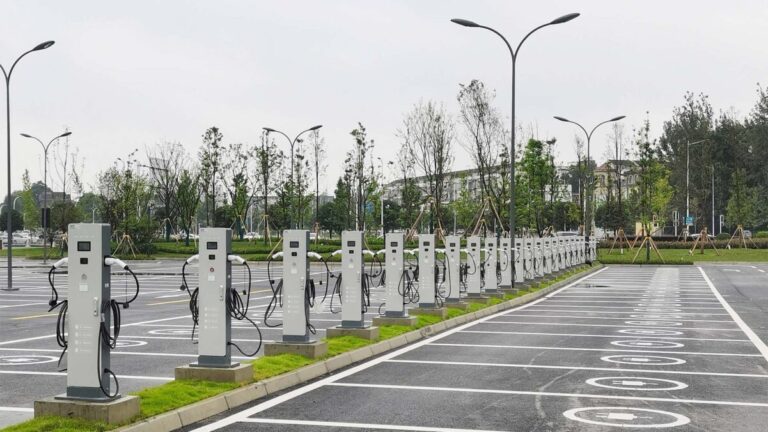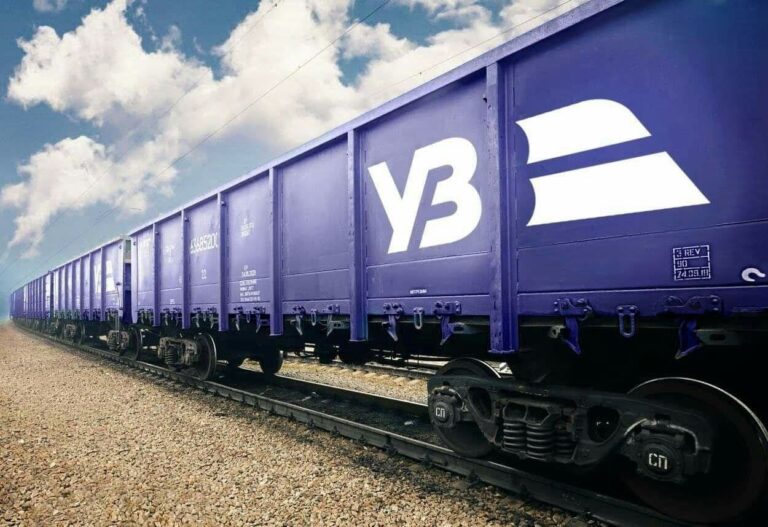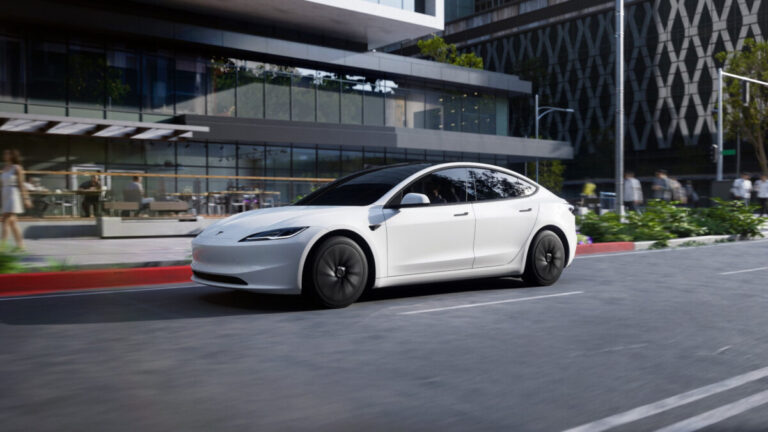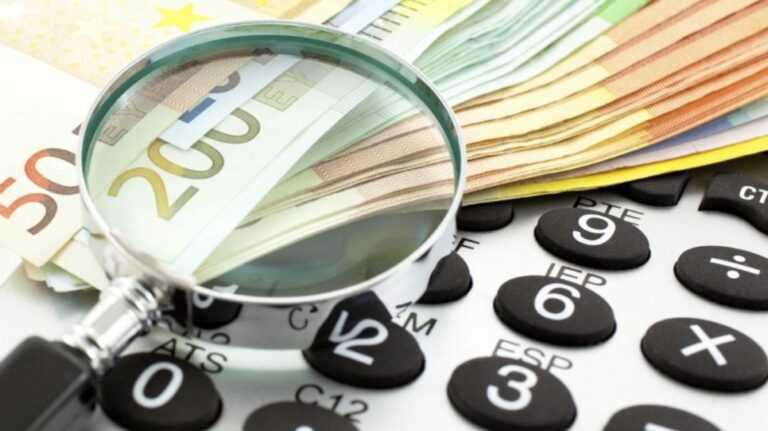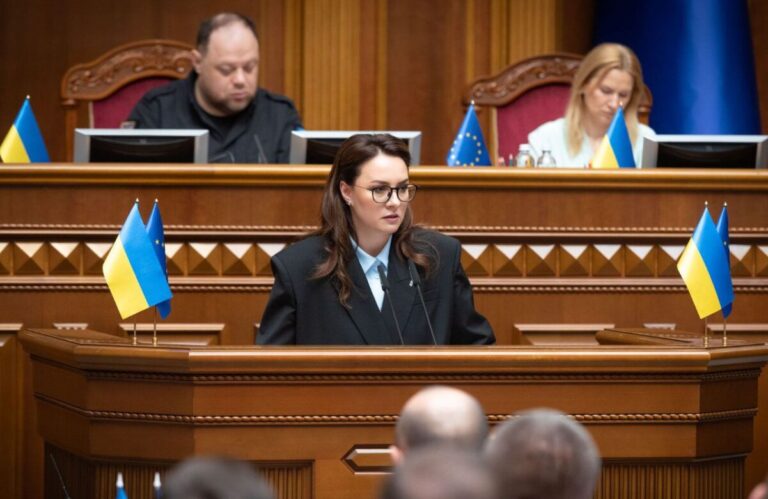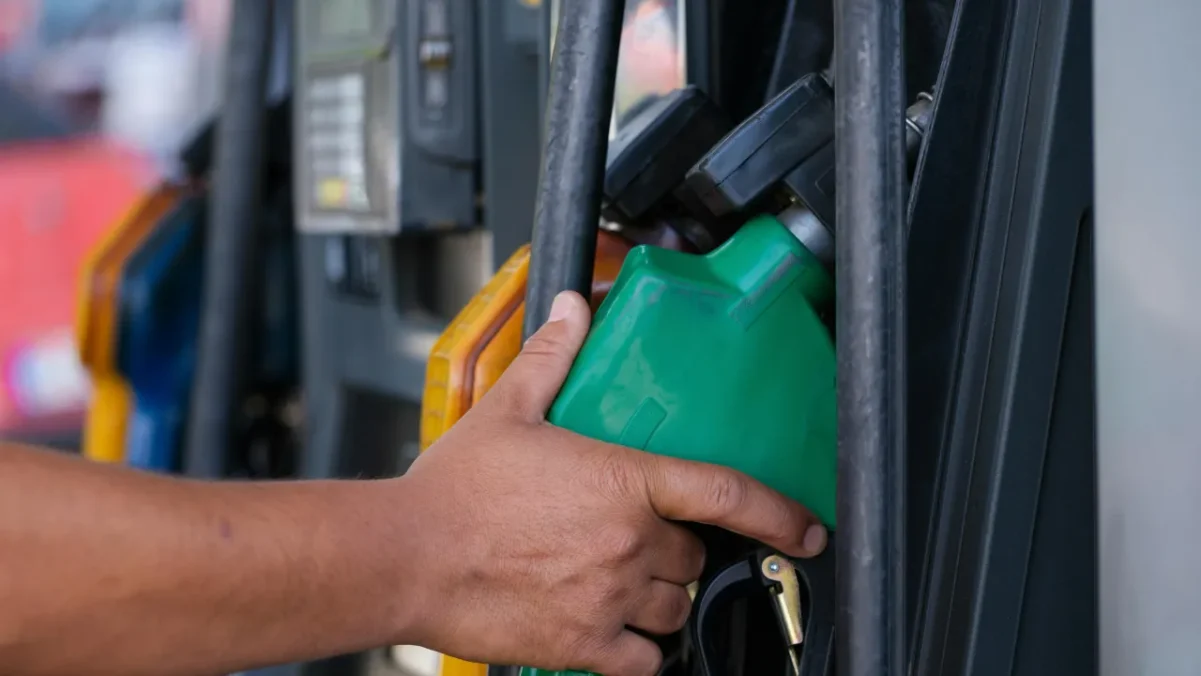
Oil prices, sanctions, seasonality, and competition: why fuel prices in Ukraine remain stable despite global risks
Global oil prices have slightly increased, yet the fuel market in Ukraine is showing a restrained response. At first glance, it may seem that drone attacks on Russian infrastructure, anticipated US sanctions against China and India, and unstable supply chains should have triggered a chain reaction of rising prices for gasoline, diesel, and LPG. However, gas stations in Ukraine remain stable, and some major fuel networks are even bringing back weekend promotions. Why is that and how long will it last?
Last week was marked by several events that could have significantly impacted the global oil market. This includes a drone attack on the Russian oil terminal in Primorsk, which caused a short-term price hike in futures markets. October contracts for Brent crude rose by 0.93% to $66.99 per barrel, while WTI increased by 0.51% to $62.69. Yet this growth didn’t become a trend: global players are reacting cautiously to the signals, and economic data from the US is cooling down investor appetite. Notably, weak employment indicators in the US have limited further price growth.
In this context, expectations of new US sanctions against India and China also play an important role. According to unconfirmed reports, President Donald Trump is considering imposing secondary tariffs or sanctions on the import of Russian oil into Asia, which could restrict exports from Russia one of the main players in the oil market. Some steps have already been taken on the business level: India’s Adani Group, the country’s largest private port operator, has banned tankers under Western sanctions from entering its ports. This, in turn, potentially limits Russian exports and creates new risks for global fuel logistics.
However, all of this remains within the realm of expectations. No real consequences in terms of disrupted supplies or physical oil shortages have been observed so far. That’s why, despite temporary fluctuations in global prices, the Ukrainian market remains relatively stable, with even slight decreases in wholesale prices for certain types of fuel.
According to consulting company Naftorynok, as of September 12, compared to September 5, the average wholesale price of diesel increased by 49 kopiykas per liter reaching 46.31 UAH/l, but compared to September 10, it had already dropped by 30 kopiykas per liter. This is a typical case of short-term volatility that does not create pressure on retail networks. Gasoil quotations the raw material for diesel rose by $10/ton (1.5%) on the London exchange, while exchange rate fluctuations remained moderate: the dollar rose by 0.19 UAH, and the euro stayed stable. In the pricing system, contracts are usually set in dollars, while fuel taxes are calculated in euros so the balance between these currencies directly impacts the final price at the pump.
One of the most telling signals comes from major fuel networks. At a time when price hikes might be expected, networks like OKKO and WOG are bringing back weekend promotions, offering discounts of up to 5 UAH/l on gasoline and diesel. This is not just marketing, but also a reflection of market sentiment. As the founder of the Prime group of companies, Dmytro Leushkin, noted, “a significant decrease in fuel prices at the pumps will begin after the actual end of the summer season and the start of rainy weather, which may happen at the end of September or the beginning of October.” According to him, major gas station networks are starting to compete more aggressively for customers by introducing weekend promotions, while pump prices remain unchanged.
Gasoline has also shown no significant shifts. As of September 12, the average wholesale price of A-95 gasoline increased by 24 kopiykas per liter to 48.6 UAH/l, and by 19 kopiykas/l compared to September 10. Meanwhile, European gasoline quotations in ports of Northern and Southern Europe dropped by $12-14/ton, or 1.5-1.8%, on September 11, which may contribute to downward pricing in Ukraine in the coming weeks.
The LPG market presents an even more nuanced picture. On one hand, imports dropped by 1,300 tons/day during the first ten days of September, particularly from Romania, Poland, and Slovakia. On the other hand, marine tankers carrying large volumes of LPG are expected to arrive at southern ports, which shifts the supply balance. According to Naftorynok, the wholesale price of LPG dropped by 27 UAH/ton to 53,707 UAH/ton, while pickup prices rose by 442 UAH/ton to 52,031 UAH/ton. This indicates instability in supply chains and traders’ efforts to adapt to new logistics. As stated by Sintonec LPG founder Mykhailo Shuban, “this week, a price dip of 500-1,000 UAH/ton is expected in the wholesale market or 25–30 kopiykas per liter,” but these fluctuations won’t affect the retail market, and LPG prices at the pump will remain unchanged this week.
Overall, Ukraine’s fuel market is currently in a phase of strategic waiting. Major players are in no rush to adjust retail prices, even amid noticeable fluctuations in the wholesale segment. The reason lies in low demand elasticity, the end of the high-consumption season, and a desire to retain customer loyalty ahead of the autumn traffic slump.
Global factors drone attacks, sanctions risks, port restrictions in Asia remain important, but they are not yet decisive for Ukrainian consumers. The situation may shift in case of actual physical shortages or a sharp currency spike. But for now, oil remains globally stable, and the domestic market is reacting calmly, shaping pricing policies based on seasonal trends and competition.
In the short term, stable prices at the pump are expected to hold, with a possible decrease in October. But autumn is also a period of political uncertainty, new sanctions, and contract renegotiations. Any of these could quickly and suddenly shift the market balance. We must watch not only Brent quotations but also events unfolding in Washington, New Delhi, and Beijing because it is there that the price of Ukrainian fuel this fall is being decided.

